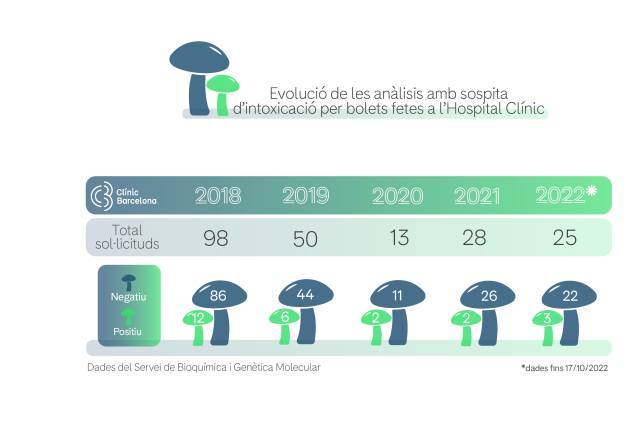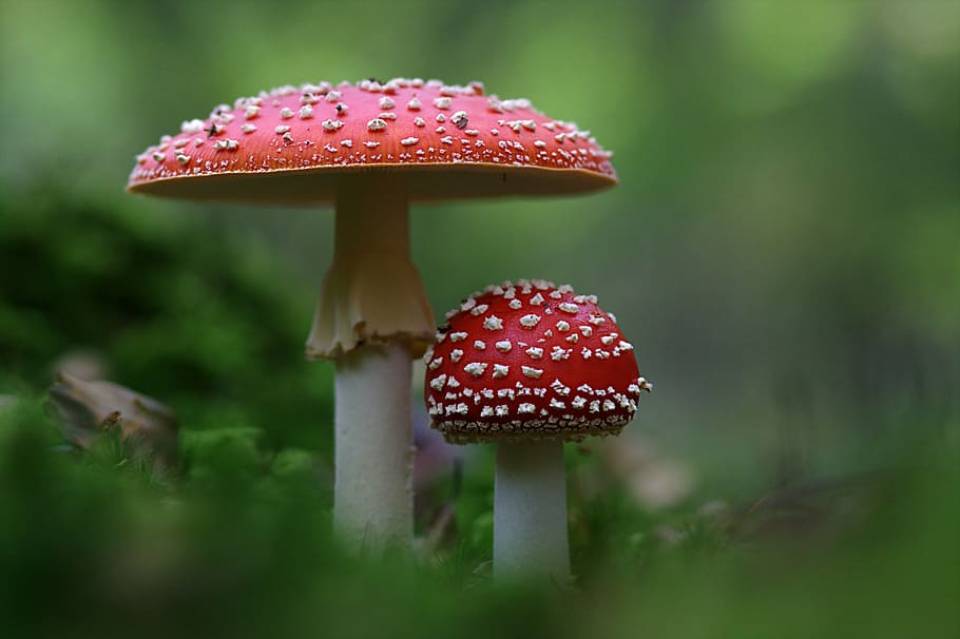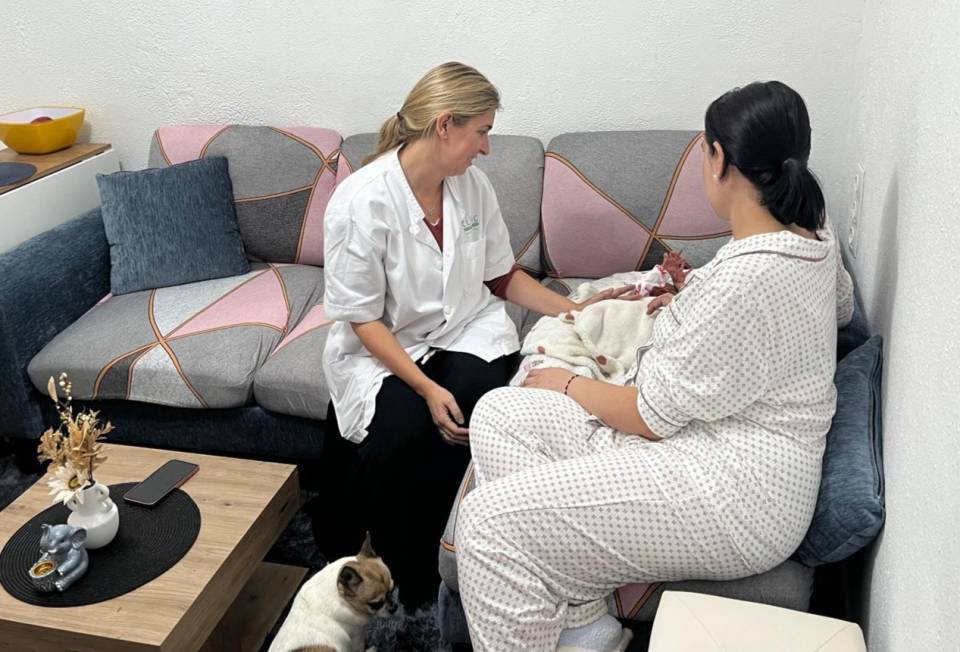“It is very important that people do not eat mushrooms picked in the forest that they do not know". This is the message agreed on by two experts consulted on toxicology at the Hospital Clínic de Barcelona, Dr. Emilio Salgado, head of Clinical Toxicology in the Accident & Emergency Department and Dr. Marina Parra, head of the Toxicology Laboratory within the Pharmacology and Toxicology Section of the Biochemistry and Molecular Genetics Service. However, each year there are several cases of poisoning due to the consumption of mushrooms picked directly in the forest, and some have really serious consequences. So far this season, the Hospital Clínic has recorded 22 possible cases, three of which tested positive. Moreover, the figures are not definitive, because the mushroom season is not over yet.

“If you suspect you might have eaten poisonous mushrooms, it is essential to go to an A&E department, even if you have no symptoms". This is the second piece of advice that the experts agree on. Dr. Salgado explains that there are two types of mushroom poisoning: those with a short latency period and those with a long latency period. In the first case, the symptoms appear within six hours of ingestion and the patient usually has gastrointestinal symptoms: nausea, vomiting and diarrhoea. Two of the most common poisonous mushrooms with a short latency period are the ashen knight (Tricholoma virgatum) and the fly agaric (Amanita muscaria).
However, the really dangerous ones are mushrooms with a long latency period, because they are hepatotoxic and can cause serious liver damage. The genera Amanita and Lepiota contain some of the most dangerous hepatotoxic mushrooms and, moreover, as Dr. Salgado points out, cooking does not change the toxicity and they maintain an excellent taste. Moreover, the symptoms take a while to appear because there is an initial latency period. So, the symptoms can appear 6 to 8 hours after ingestion. The patient then has very acute gastroenteritis and the toxins begin to damage the liver to such an extent that they may need a transplant in a matter of days. Therefore, it is very important to act as quickly as possible if this poisoning is suspected: “the longer the symptoms take to appear, the worse the situation”, concludes the doctor.
When a person arrives in the A&E Department suspecting that they may have consumed poisonous mushrooms, a protocol is followed. First of all, they are asked if they know what they have eaten. “It is also very important to know whether they have eaten mushrooms of the same species or not, because it is very common to mix them and to have eaten several different poisonous mushrooms”, explains Dr. Salgado. If there is a suspicion that they might have eaten mushrooms with a long latency period such as those in the genera Amanita and Lepiota, it is essential to act as quickly as possible and give the correct treatment to reduce the effects of the toxins and prevent liver damage.
The Hospital Clínic, a referral centre for mushroom poisoning
The Hospital Clínic has a laboratory that is the referral centre for the analysis of amanitin in the urine of people who have been poisoned by mushrooms. For this reason, the hospital has a Clinical Toxicology protocol for dealing with cases of possible mushroom poisoning. Dr. Parra explains: “hospitals across Catalonia with patients who suspect they have consumed poisonous mushrooms send us samples. We receive samples from Manresa, Girona, Berga, la Seu d'Urgell... many places in Catalonia send samples to the Hospital Clínic as a referral centre. They do not necessarily refer the patients, but send us urine samples instead, so that the laboratory can tell whether it contains toxins known as amatoxins".




